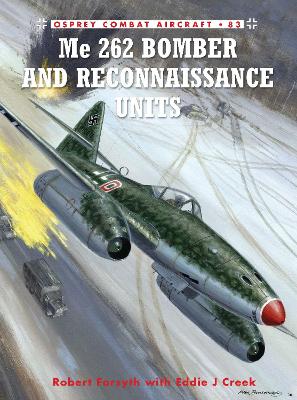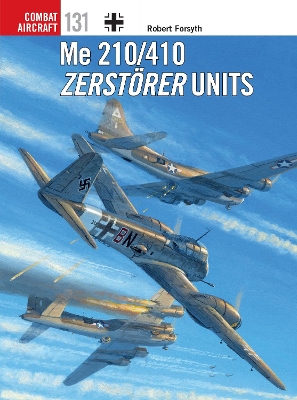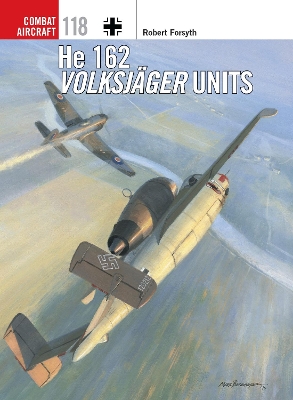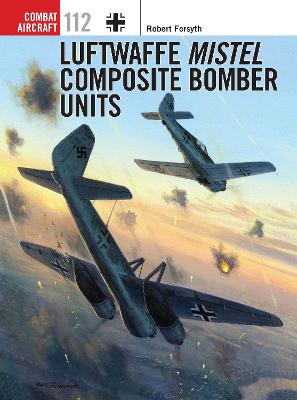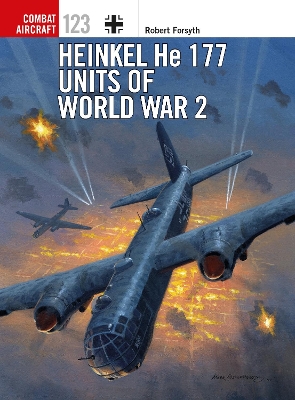Combat Aircraft
3 primary works • 8 total works
Book 83
Book 120
The Junkers served as a stalwart transport, confronting both freezing temperatures and ice, and heat and dust, lifting men, animals, food and supplies vital for German military operations. This, the first of two books on the Ju 52/3m, details its service as a bomber in Spain and in South America, followed by its pivotal role in early war operations during the invasions of Poland and France, the airborne invasion of Crete and the early stages of Operation Barbarossa.
Book 131
By this stage of the war much was expected of the two types, which were forced to fly in very dangerous skies over North Africa and in the defence of the German homeland. Both aircraft were deployed as heavy fighters, fighter-bombers, reconnaissance platforms and interceptors, seeing service with a number of different units. The Me 410 was fitted with 30 mm cannon, 21 cm underwing mortars and the colossal 5 cm BK cannon that was intended to pack a punch against the USAAF's four-engined bombers which threatened the Reich in large numbers from 1943 onwards.
In this title, supported by contemporary photography and full-colour artwork, Robert Forsyth tells the complex story of the Me 210 and 410, detailing their development and assessing their capabilities as combat aircraft.
Detailed aircraft profiles and never before seen photographs perfectly complement the analysis of the revolutionary Heinkel He 162 as author Robert Forsyth traces its entire history, from the early design and production through to its limited combat experience.
Arado Ar 234 Bomber and Reconnaissance Units
by Robert Forsyth and Nick Beale
As such, the aircraft became the world's first reconnaissance jet, undertaking secret, high-speed, high-altitude observation missions for the German High Command over the Allied beachheads in Normandy and other Allied strongholds. Astonishingly, in September 1944 and as late as 1945, lone Ar 234s conducted reconnaissance flights over British ports and theMediterranean. The aircraft was equally efficient as a jet bomber - although the Ar 234B-2 bomber variant carried no defensive gun armament, it was able to deliver 1000 kg of bombs at high-speed and at either low- or high-level with considerable and devastating accuracy.
This highly detailed title from renowned aviation historian Robert Forsyth explores the history of this incredible aircraft, from its development in the early 1940s to its deployment in both reconnaissance and bomber roles throughout the rest of the war. The masterful text is supported by stunning, specially commissioned artwork.
This fascinating book, filled with detailed artwork and contemporary photographs, tells the story of this aircraft, including the political infighting at the top of the Luftwaffe's hierarchy that stymied its development, its radical technical design and its state-of-the-art weaponry.
